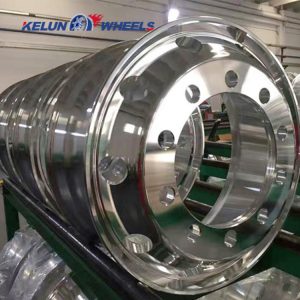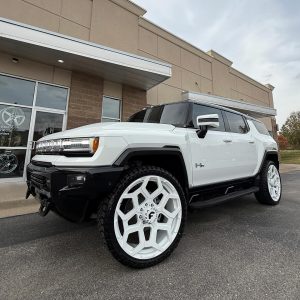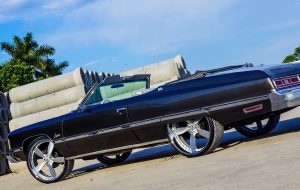-
whatsapp: +8616696837711
-
wheelim@kelunautoparts.com
-
营业时间 24H
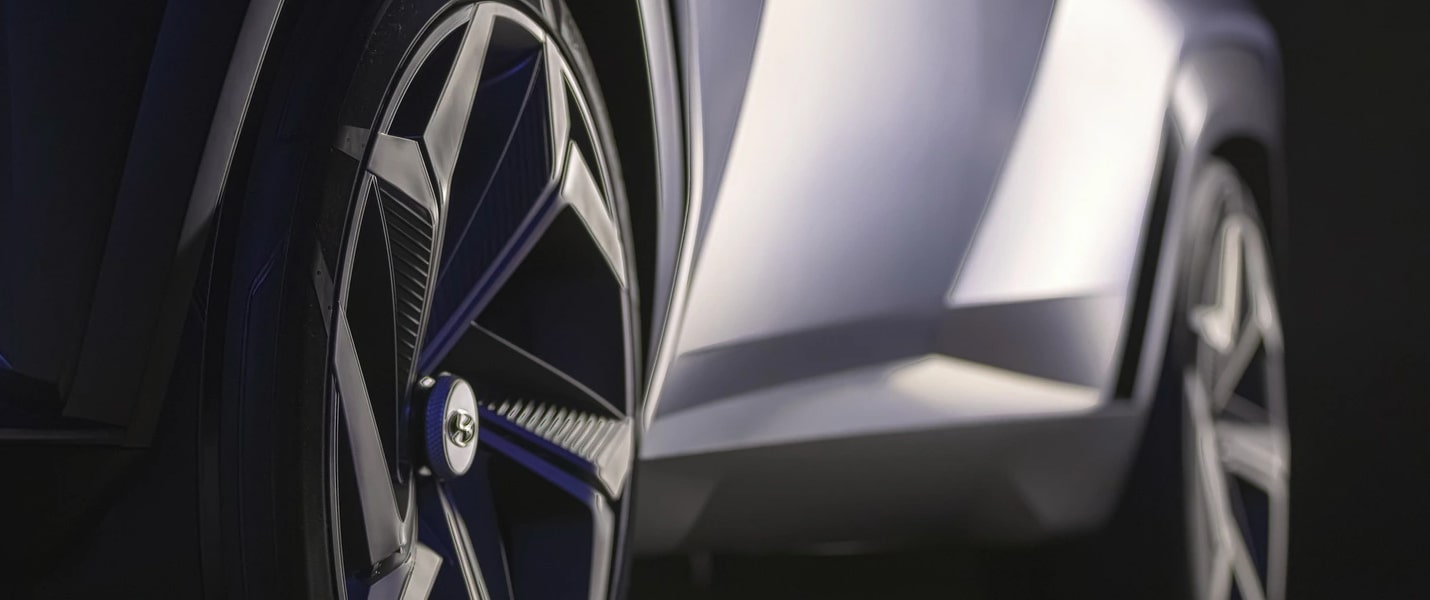
Forged wheels in the US market
The forged wheels market in the US is a significant segment of the global automotive industry, driven by demand for high-performance, lightweight, and durable wheels. Below is an analysis of the forged wheels market in the US, including market size, growth trends, competitive landscape, and key drivers.
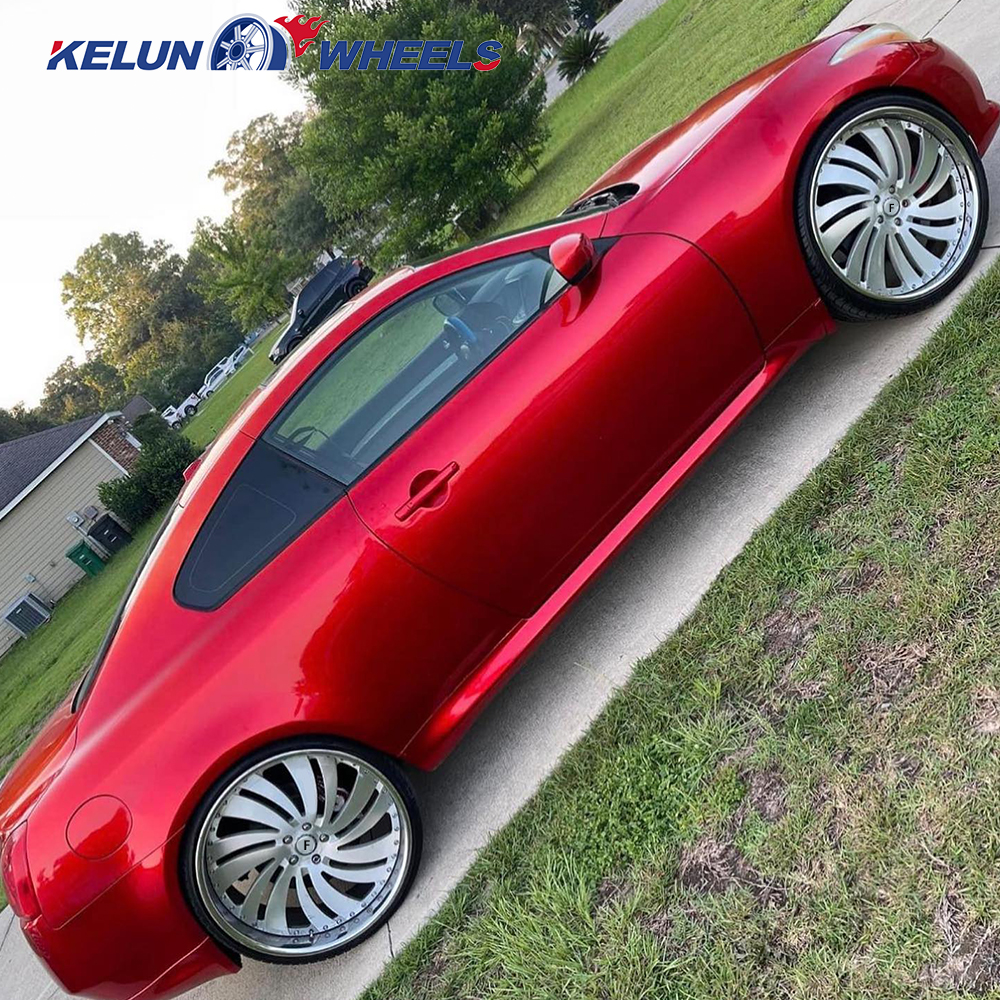
Market Size and Growth
- Global Market Context: The global aluminum alloy forged wheels market was valued at 24.1billionin2022andisprojectedtoreach24.1billionin2022andisprojectedtoreach34.7 billion by 2029, with a compound annual growth rate (CAGR) of 5.2%3.
- US Market Share: The US is a major contributor to this growth, given its large automotive industry and demand for high-performance vehicles. The market is driven by increasing sales of luxury cars, electric vehicles (EVs), and the popularity of vehicle customization39.
- Growth Drivers: Key factors include rising disposable incomes, advancements in wheel manufacturing technologies, and the growing adoption of EVs, which often require lightweight and durable wheels.
Competitive Landscape
- Key Players: Major companies dominating the global forged wheels market include CITIC Dicastal, Borbet, Ronal Wheels, Alcoa, and Superior Industries. These companies also hold significant market shares in the US311.
- Market Share: The top five global players collectively account for over 35% of the market share, with a strong presence in the US through technological innovation and brand influence3.
- Product Innovation: Companies are focusing on weight-optimized designs and advanced materials to improve fuel efficiency and performance. For example, Maxion Wheels introduced lightweight steel wheels that reduce vehicle weight by up to 32 kg9.
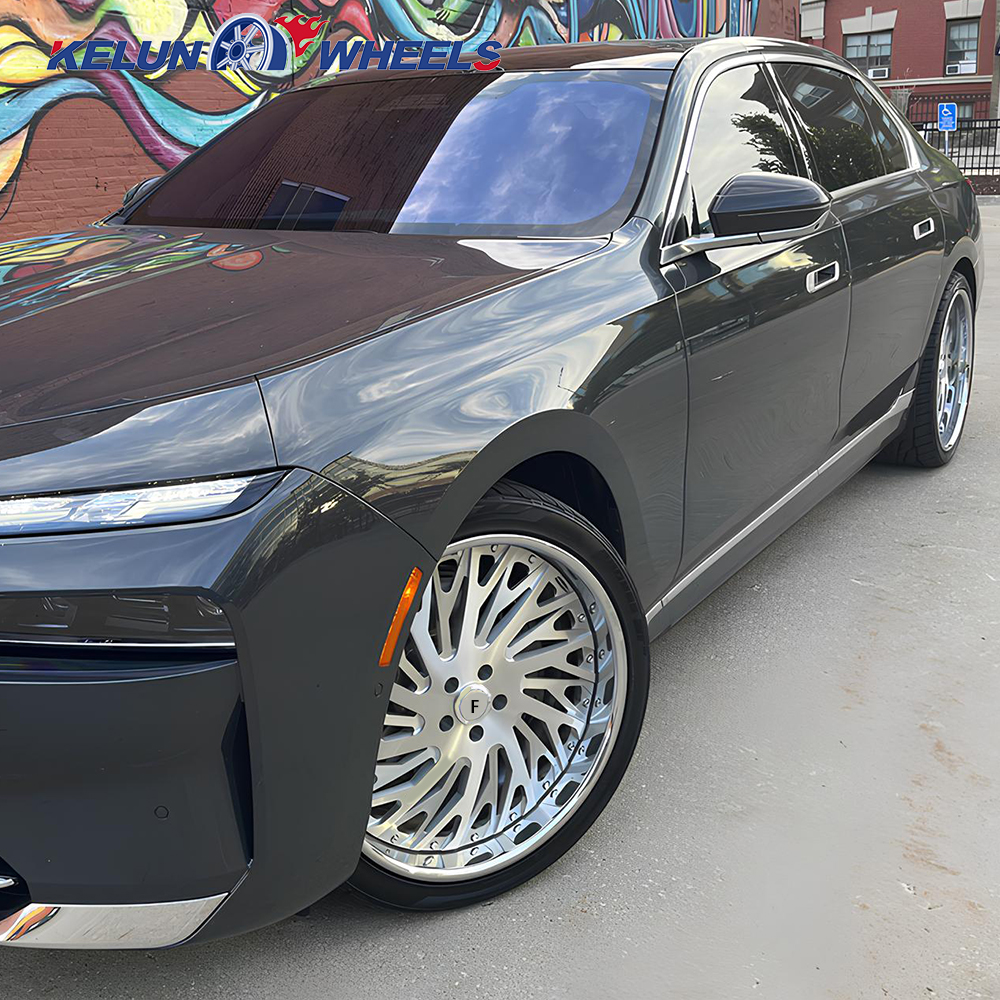
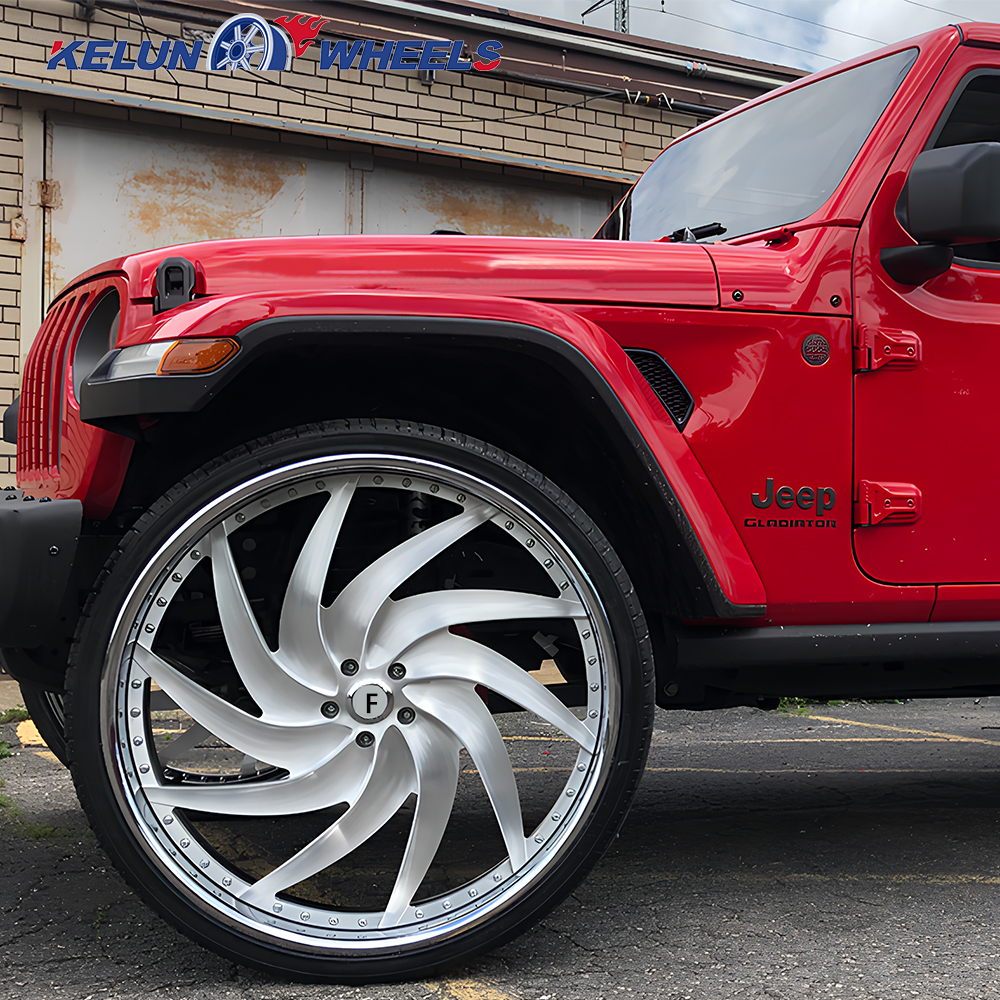
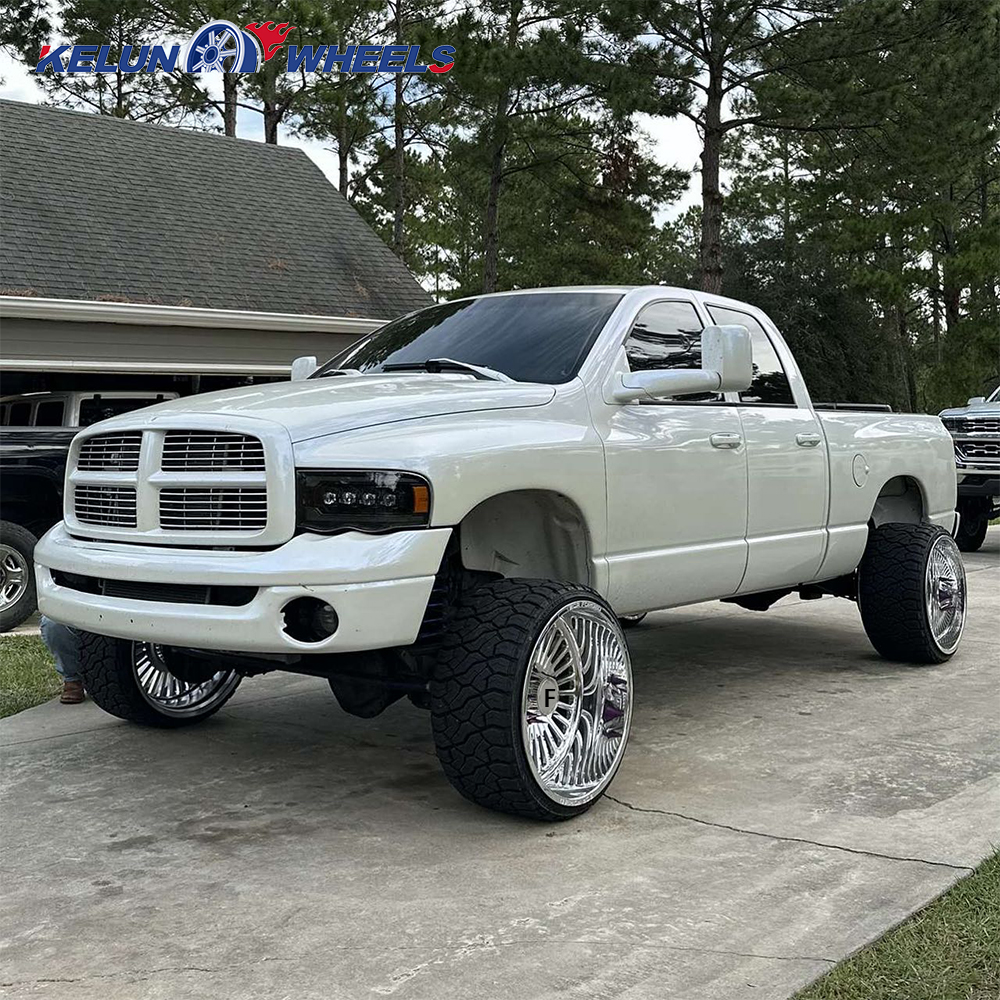
Product Types and Applications
- Material Types: Forged wheels are primarily made from aluminum-magnesium-silicon alloys, which offer a balance of strength and lightweight properties3.
- Applications: These wheels are widely used in passenger cars, commercial vehicles, and high-performance racing cars. The rise of EVs and luxury vehicles has further boosted demand39.
- Customization: There is a growing trend toward customized forged wheels, with manufacturers offering options in size, design, and finish to meet consumer preferences8.
Industry Challenges
- Raw Material Costs: Fluctuations in the prices of aluminum, magnesium, and silicon can impact production costs and market prices3.
- Supply Chain Disruptions: The industry faces challenges related to supply chain stability, particularly in sourcing raw materials and meeting demand spikes3.
- Regulatory Compliance: Stricter emissions and safety regulations require continuous innovation and adaptation by manufacturers9.
Future Outlook
- Market Expansion: The US forged wheels market is expected to grow steadily, driven by the increasing adoption of EVs and the demand for high-performance vehicles39.
- Technological Advancements: Innovations in materials and manufacturing processes, such as the use of carbon fiber and advanced alloys, will likely shape the future of the market9.
- Sustainability Trends: There is a growing focus on sustainable manufacturing practices, including recycling and reducing the carbon footprint of production processes9.
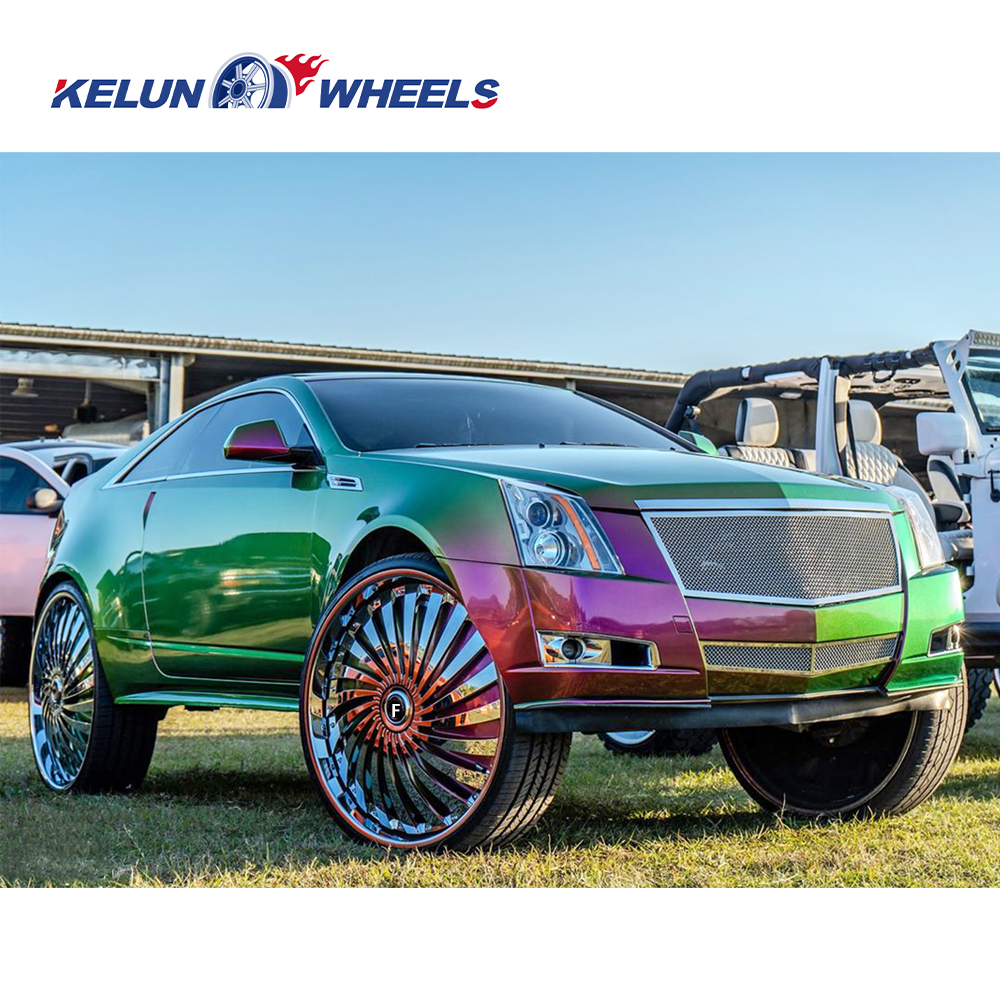
Conclusion
The US forged wheels market is poised for continued growth, supported by advancements in automotive technology, rising consumer demand for customization, and the shift toward electric and luxury vehicles. However, manufacturers must navigate challenges such as raw material costs and regulatory compliance to maintain their competitive edge. For more detailed insights, you can refer to the full reports and analyses available in the provided sources3911.

